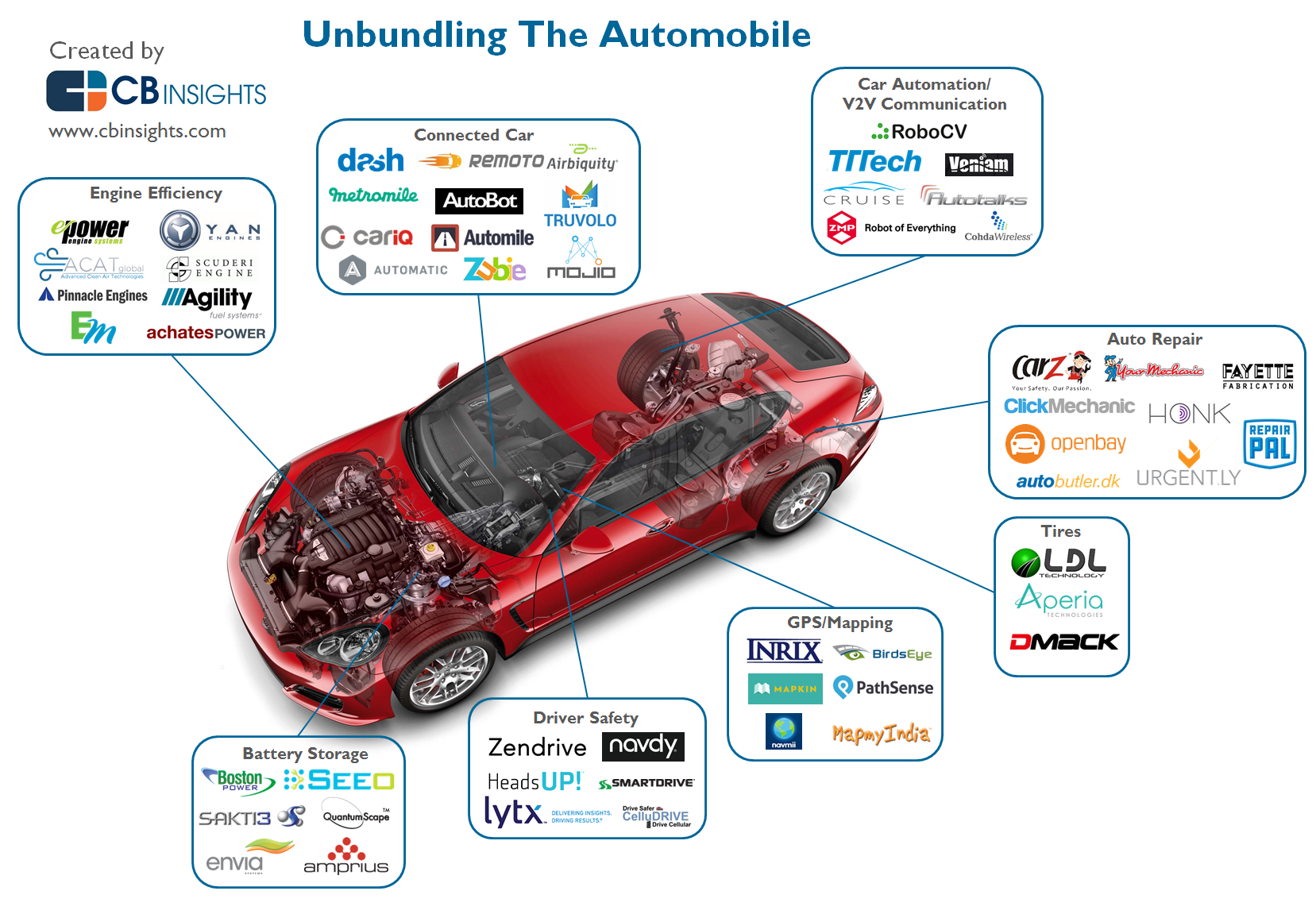When you lag the wheel, those glowing warning lights on your control panel can be a bit puzzling. Do you understand what they're trying to tell you regarding your cars and truck's health and wellness? Comprehending the value of these lights is essential for your safety and security and the long life of your car. So, the following time among those lights appears, wouldn't you intend to decode its message properly and take the required steps to resolve it?
Common Warning Lighting and Interpretations
Determine typical caution lights in your cars and truck and recognize their significances to ensure safe driving.
The most regular warning lights include the check engine light, which signifies concerns with the engine or exhausts system. If this light comes on, it's vital to have your car checked without delay.
The oil pressure cautioning light indicates low oil pressure, requiring prompt focus to stop engine damages.
A flashing battery light might recommend a malfunctioning billing system, possibly leaving you stranded otherwise addressed.
The tire pressure monitoring system (TPMS) light signals you to reduced tire pressure, influencing automobile security and fuel efficiency. Neglecting this can result in hazardous driving conditions.
The abdominal light indicates a problem with the anti-lock stopping system, endangering your ability to stop rapidly in emergencies.
Lastly, the coolant temperature cautioning light warns of engine getting too hot, which can cause extreme damages otherwise solved quickly.
Comprehending these usual warning lights will help you resolve concerns promptly and keep safe driving problems.
Significance of Prompt Attention
Recognizing the usual caution lights in your automobile is only the first step; the relevance of immediately dealing with these cautions can not be highlighted enough to guarantee your safety when driving.
When a warning light brightens on your dashboard, it's your vehicle's method of interacting a potential concern that needs attention. Disregarding visit this site can result in extra serious troubles down the road, jeopardizing your security and possibly costing you a lot more in repairs.
Trigger focus to cautioning lights can protect against breakdowns and crashes. As an example, a blinking check engine light might suggest a misfire that, if left ignored, can create damages to the catalytic converter. Resolving this quickly can conserve you from an expensive repair.
In a similar way, a brake system alerting light may indicate low brake fluid or used brake pads, critical components for your security when driving.
DIY Troubleshooting Tips
If you notice a warning light on your control panel, there are a few do it yourself repairing pointers you can attempt before looking for professional aid.
The initial step is to consult your auto's manual to understand what the details warning light shows. Sometimes the concern can be as basic as a loose gas cap setting off the check engine light. Tightening up the gas cap might fix the problem.
An additional usual issue is a low battery, which can trigger numerous alerting lights. Checking the battery connections for deterioration and guaranteeing they're safe could fix the problem.
If a caution light persists, you can attempt resetting it by detaching the car's battery for a few minutes and afterwards reconnecting it. Additionally, inspecting look at this now , such as oil, coolant, and brake fluid, can aid fix alerting lights associated with these systems.
Verdict
In conclusion, comprehending your cars and truck's caution lights is important for maintaining your automobile running efficiently and securely. By quickly addressing these alerts and understanding what they imply, you can stay clear of pricey repair work and prospective breakdowns.
Keep in mind to consult your auto's handbook for specific details on each cautioning light and do something about it appropriately to make sure a hassle-free driving experience.
Keep informed, remain safe when driving!
